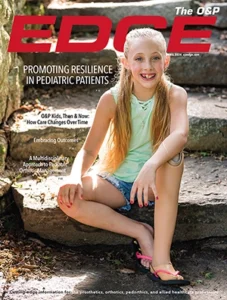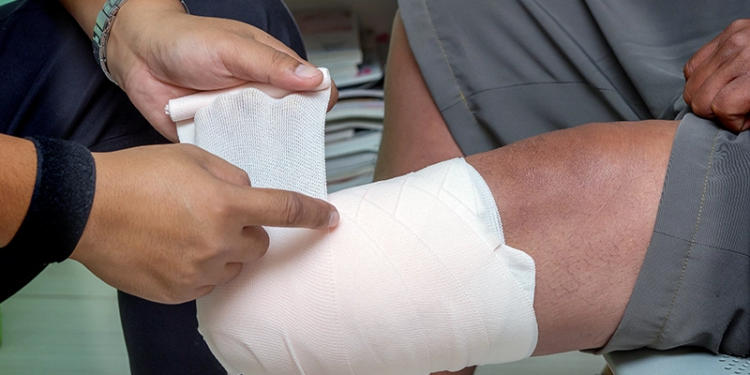Anthony Wickman, CTPO, Freedom Fabrication, Havana, Florida
The problem [for central fabrication facilities] is that we can’t just raise our prices and generate more revenue through price increases so that we can pay our own employees more. Our customers can’t raise their prices—so we have trouble raising our prices.
I think a lot of people in the United States are beginning to realize how underpaid and undervalued they have been for a long time; and the fact of the matter is, businesses in America are making record profits and the quality is getting really bad, but people are just asking for their due.
Instead of giving employees raises to keep them, employers let them go, then wind up paying their inexperienced replacements even more. So the employer doesn’t actually benefit.
And if two people on a four-person team quit, the other two are expected to take up the slack for no extra money, and they won’t feel like doing that.
Scott Williamson, executive director, Opie Choice Network, Gainesville, Florida
I don’t think it’s a long-term benefit to think of your staff as commodities. There’s a lot of money that goes into training and hiring and you want to retain people. So I think it’s very shortsighted to think like that.
Gerald Stark, PhD, MSEM, CPO/L, FAAOP(D), senior clinical specialist, adjunct instructor, Ottobock, Austin, Texas
We need to really understand that the propensity for anxiety and burnout is much higher among our coworkers at this time. We need to watch for that, and help them see what may be happening, because they may not even be aware of it. One thing we really need to especially watch is these younger practitioners; we need to keep our eye on their growth and head off burnout—not only because we invest a large amount of time and resources, but because they represent the very future of our profession. If they leave, you’ll never know how you might have benefitted if they had stayed. They take their experiences and knowledge with them.
An anxious brain is not a thoughtful brain; and COVID made this worse. We’re seeing more patients than ever with a wide variety of issues—at a time when the documentation load for each [clinician] has increased exponentially per patient. Clinicians don’t have time to think in terms of multiple suspension options, pick from 150 different foot designs, or consider the variety of knee designs. They go with what they feel confident with.
However, the pandemic has presented us with some opportunities along with its challenges. We can expand our reach virtually to conduct meetings, consultations, and presentations; pivot resources for underserved individuals and groups in new ways; and in many cases, we can spare organizational budgets and employees the cost and inconvenience of travel and accommodations. Not the least of those advantages is the rediscovery of personal levels of peace, balance, and connectedness with friends and family during increased leisure time that had been invested in traveling to and from to our “work warehouses.”
Jeffery M. Brandt, CPO, director, business development, Ottobock Patient Care; chairman and founder, Ability Prosthetics & Orthotics, Ottobock
Physical therapy practices and other referrals are now exceptionally receptive to our requests to do an educational in-service. Some of that is probably just because they have not had much human interaction; some of it is enthusiasm for an office visitor who wants to come and provide lunch.
But some genuinely have an appetite for new knowledge because everybody’s just been keeping their heads above water, so now our referral sources are starting to realize that no one’s been to their office for two years—and they wonder what’s the latest and greatest with prosthetics and orthotics. Two years ago, they wouldn’t have let you in—now, they’re asking for in-service opportunities.
Going to patient homes during COVID was pretty much cut off, but coming out of it, you have people who would prefer a home visit. Now I suspect it might be swinging back to where maybe you might need more than just your van equipped with a router. You might be delivering care in a completely different way in the near future; maybe we’ll see a return to the days when healthcare providers make more house calls again.
Accordingly, new hospitals that are being built now are small—and they’re only set up for complex cases. To be hospitalized for a night or two requires a more severe illness than it did 15 or 20 years ago. Once upon a time, we did have home visits, and then the health system kind of corralled everyone to go to an office and then to a hospital; and now we’re back to “don’t go to the hospital— don’t go to an office, we’ll go to your house.”
Read more in “From COVID Chaos, Change is Afoot.”




